Like other village communal houses, Phu Hoi Communal House still preserves a considerable number of couplets written in classical Chinese characters since its construction. This is a natural treasure trove that has preserved a segment of the memories of the lives of people in the past. Modern people can learn about the thoughts, feelings, beliefs about deities, and the lives, work, and entertainment of the people of Phu Hoi in particular, and the people of Binh Thuan in general, during the period of land reclamation.
The Phu Hoi communal house is currently located in Ham Hiep commune, Ham Thuan Bac district. However, the inscriptions on the communal house belong to a large, fertile area formerly known as Phu Hoi commune, belonging to Duc Thang district, Tuy Dinh county (later renamed Tuy Ly county after 1854), Ham Thuan prefecture, Binh Thuan province, which was newly established in 1832 during the reign of Emperor Minh Mang.
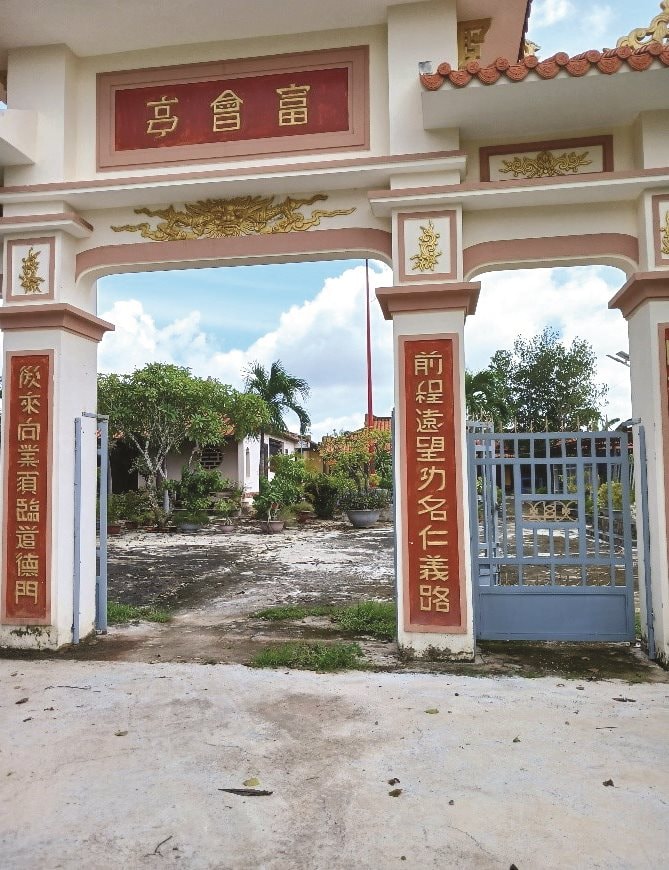
According to the book "Research on the Land Registers of the Nguyen Dynasty" published in 1996 by author Nguyen Dinh Dau, Duc Thang district during the Minh Mang era comprised 7 communes, 19 villages, 3 wards, and 2 hamlets. The 7 communes were: Phu Hoi, Dai Nam, Phu Tai, Trinh Tuong, Duc Thang, Lac Dao, and Nhuan Duc. Phu Hoi commune had a cultivated land area of 655 acres (320 hectares), accounting for 21% of the total cultivated land area of Duc Thang district.
According to the 1995 scientific record of Phu Hoi communal house's architectural and artistic heritage at the Binh Thuan Museum, it states: "After 1977, the hamlets of Phu Hoi village were divided into 5 communes belonging to the two districts of Ham Thuan Nam and Ham Thuan Bac." These details indicate that the current Ham Hiep commune was only a part of the area of the large former Phu Hoi commune.
Phu Hoi communal house was established in 1847. The following inscription in Chinese characters on the main beam of the communal house serves as evidence: 紹 治 柒 年 歲 次 丁 未 (Thieu Tri seventh year, year of Dinh Mui: Thieu Tri seventh year, year of Dinh Mui…).
In 1852, Emperor Tự Đức bestowed the first imperial decree upon the tutelary deity of Phú Hội Temple, granting it the title "Quang Hau Chinh Truc Huu Thien Chi Than". The temple has since received a total of five imperial decrees from the Nguyễn dynasty emperors.
Throughout the war periods, Phu Hoi Temple suffered significant damage. After 1975, only the main shrine, the ancestral hall, the performance hall, and the rear hall remained. This part of the relic was classified as a National Architectural and Artistic Heritage site by the Ministry of Culture and Information in 1995. In 2008, the temple's heritage site was restored, including the triple-arched gate, the main shrine, the ancestral hall, the performance hall, and the guesthouse as they are today.
In addition to the religious and architectural heritage mentioned above, Phu Hoi Temple also possesses many couplets written in classical Chinese, which are a spiritual cultural heritage of the village community. The couplets were repainted in 2008, but their original content remains unchanged. The author of this article has read, transcribed, and translated eight couplets from the temple into Vietnamese as follows:
1. Couplets at the Tam Quan Gate: Above the gate are three Chinese characters 富 會 庭 (Phú Hội Đình). Two couplets are inscribed on the gate pillars:
* Middle sentence: 前 程 遠 望 功 名 仁 義 路 / 後 來 向 業 須 臨 道 德 門
Transcription: The path to fame, fortune, and righteousness.
Later, he pursued a career in the path of morality and ethics.
Rough translation: The path ahead leads to a long way, a path of fame, virtue, and righteousness.
The path to career success is guided by moral principles.
The couplet reflects the villagers' timely and appropriate thinking when establishing the communal house. Now, production and construction must be the focus of their lives, replacing the pursuit of fame and academic success in their homeland. However, the foundation of morality and righteousness must be preserved so that the village can remain stable and peaceful.
This can be considered the blueprint for building a new life for the villagers of Phu Hoi during the period of land reclamation.
* Side sentences: 山 水 應 禎 祥 地 靈 人 傑 / 鄉 鄰 皆 和 睦 俗 美 風 淳
Transliteration: Mountains and waters reflect auspiciousness, a land of spiritual energy and outstanding people.
The neighborhood is harmonious, with beautiful customs and pure traditions.
Rough translation: The rivers and mountains show auspicious signs; the sacred land produces talented people.
The villagers live in harmony and preserve their traditional customs and values.
The newly settled land of Phu Hoi, with its mountains, forests, rivers, and streams, is a place where birds perch and thrive. But it is the people's resilience and resourcefulness that have led to the development of a communal house "as grand as Phu Hoi Communal House." This couplet serves as a summary and a hopeful aspiration for the villagers' journey in building a new life.
The two couplets at the temple gate serve as a declaration of the community's identity. It's a pity that the calligraphy, after restoration, is not as sharp and clear.
2. Couplets in the temple: There is a couplet in the temple:
聖 德 無 私 有 善 願 而 求 則 應 / 神 恩 顯 赫 人 心 行 正 道 必 扶
Transcription: Saintly virtue is selfless; if one has good wishes, then what is requested will be granted.
Divine grace is glorious; those who follow the righteous path will surely be supported.
A rough translation: The saint is impartial; only with good intentions will prayers be answered.
With divine grace illuminating the path, upright hearts will be blessed.
The couplet reveals the villagers' clear and wise understanding of their beliefs. If you pray with evil intentions, the gods will not help; but if you have a good heart, you will naturally be blessed. This aligns with the law of karma in Vietnamese culture: evil begets evil, good deeds are rewarded, and when things go well, heaven will favor you…
3. Couplets at the ancestral temple:
山 海 泳 培 丹 桂 子 / 家 庭 藹 見 玉 籣 孫
Transcription: Mountains and seas, bays, and the ancestral robes / The family and loved one, the noble magnolia tree
Rough translation: The fertile land nurtures the son's success in examinations / The warm family atmosphere brings forth virtuous grandchildren.
Cinnamon is the red cinnamon tree, formerly used to symbolize high academic achievement. Magnolia is a precious orchid with a fragrant scent, symbolizing kindness and goodness.
The ancients believed that academic talent and exam luck were intertwined, and that one needed the auspicious feng shui of their hometown to achieve high academic success. This is perhaps the experience and wish of the elderly who still cherish memories of their old hometown. A warm and harmonious family atmosphere, and the presence of virtuous grandchildren, is a reasonable desire that everyone wishes for.
4. Couplets at the martial arts school:
The performance hall is where the festival part of the village temple is held. Mr. Nguyen Van Minh - Deputy Head of the Phu Hoi Temple Management Board, said that in 2008, after renovation, the temple organized traditional opera performances during the autumn festival, which were well received by the villagers. Since then, it has not been organized again due to a lack of funding.
The martial arts performance hall has a total of four couplets decorating the wall behind the stage. The couplets are arranged from the center outwards to the two edges as follows:
* Question 1: 亭 前 鳳 舞 龍 飞 風 雨 润 / 社 內 麟 祥 龜 伏 氣 象 新
Transcription: Đình tiền phượng vũ long phi phong vũ xuân
The inner village and neighboring communes submit to the new meteorological conditions.
Rough translation: Before the temple, phoenixes dance and dragons fly, bringing gentle rain and favorable winds.
In the temple, the auspicious turtle symbolizes good fortune.
* Sentence 2: 富 足 栽 培 智 德 何 村 鄰 皆 和 睦
會 意 同 心 眞 正 保 存 美 俗 淳 風
Transliteration: Wealth and talent nurture wisdom and virtue; the villages and neighborhoods are all harmonious.
A genuine consensus to preserve traditional customs and values.
By cultivating abundant virtue and wisdom, every village and hamlet will be harmonious.
Offering sincere and heartfelt suggestions, and working together to preserve fine customs and traditions.
The couplet, with the first two words bearing the name of Phu Hoi village temple, extols morality, understanding, and integrity. Those with virtue do not quarrel, and those with wisdom know how to act reasonably, thus fostering harmony in the village. With a shared sense of integrity, opinions are unified, enabling collective effort to preserve the good things for the village.
* Question 3: 舞 曲 娥 嫦 鉦 鼓 樂 太 平 處 處
歌 吟 唱 詠 管 琴 和 安 樂 家 家
Transcription: Vũ khúc nga thường chinh cổ nhạc thái bình xứ xứ
Singing and chanting praises of harmony and peace for the family.
Rough translation: The lion dance, accompanied by gongs, drums, and music, brings peace and tranquility everywhere.
The melodious singing and the sounds of flutes and stringed instruments bring peace and joy to every home.
The Nghê dance is often described as a dance of celestial nymphs, originating from the legend of Emperor Tang Minghuang dreaming of visiting the Guanghan Palace, where he saw celestial nymphs dancing and created the dance. Perhaps the intention was to suggest that the people here enjoy the festivities and dances as much as being in a celestial realm.
The couplet shows that the villagers had a rich capacity and means to appreciate various forms of music and art, which brought a peaceful and joyful atmosphere everywhere.
* Question 4: 看 演 員 演 出 古 今 之 使 跡/ 聞 聲 音 唱 詠 爱 惡 樂 之 情
Transcription: The audience performs historical and contemporary events.
The literary voice sings and recites verses about love, hate, and joy.
Rough translation: Watching actors perform, one reflects on historical events throughout history.
Listening to the songs and recitations reveals the love, hate, and emotions of life.
Watching the song and dance performances here is not just for entertainment, but also for appreciating art with a moral purpose. Through the plays featuring both good and evil characters, viewers can discern right from wrong, and understand love, hate, joy, and sorrow according to the principles of life.
Conclusion:
The couplets in Phu Hoi village communal house have a bright and lively style, with both rhyming and meaningful verses perfectly matched. The content and meaning of each couplet are clear, appropriate to its purpose and placement, and highly educational. The couplets depict the peaceful and prosperous life of a typical village community in Binh Thuan province in the early 19th century, imbued with the rich cultural identity of the Vietnamese people.
The author of this article has only translated the text and has ventured to offer a few comments to further clarify the content of the couplets. The analysis and evaluation of the historical and contemporary value of the inscriptions in Phu Hoi village temple are left to experts and readers near and far.
Source: https://baobinhthuan.com.vn/cau-chu-cua-dinh-lang-phu-hoi-huyen-ham-thuan-bac-123166.html


![[Image] The tenacious fighting spirit of Vietnamese women's football](/_next/image?url=https%3A%2F%2Fvphoto.vietnam.vn%2Fthumb%2F1200x675%2Fvietnam%2Fresource%2FIMAGE%2F2025%2F12%2F17%2F1765990260956_ndo_br_4224760955870434771-copy-jpg.webp&w=3840&q=75)

![[Live] 2025 Community Action Awards Gala](/_next/image?url=https%3A%2F%2Fvphoto.vietnam.vn%2Fthumb%2F1200x675%2Fvietnam%2Fresource%2FIMAGE%2F2025%2F12%2F16%2F1765899631650_ndo_tr_z7334013144784-9f9fe10a6d63584c85aff40f2957c250-jpg.webp&w=3840&q=75)
![[Image] Leaked images ahead of the 2025 Community Action Awards gala.](/_next/image?url=https%3A%2F%2Fvphoto.vietnam.vn%2Fthumb%2F1200x675%2Fvietnam%2Fresource%2FIMAGE%2F2025%2F12%2F16%2F1765882828720_ndo_br_thiet-ke-chua-co-ten-45-png.webp&w=3840&q=75)
![[Photo] Prime Minister Pham Minh Chinh receives the Governor of Tochigi Province (Japan)](/_next/image?url=https%3A%2F%2Fvphoto.vietnam.vn%2Fthumb%2F1200x675%2Fvietnam%2Fresource%2FIMAGE%2F2025%2F12%2F16%2F1765892133176_dsc-8082-6425-jpg.webp&w=3840&q=75)
![[Photo] Prime Minister Pham Minh Chinh receives Lao Minister of Education and Sports Thongsalith Mangnormek](/_next/image?url=https%3A%2F%2Fvphoto.vietnam.vn%2Fthumb%2F1200x675%2Fvietnam%2Fresource%2FIMAGE%2F2025%2F12%2F16%2F1765876834721_dsc-7519-jpg.webp&w=3840&q=75)




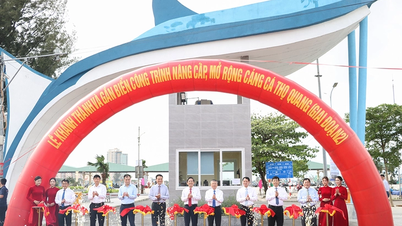





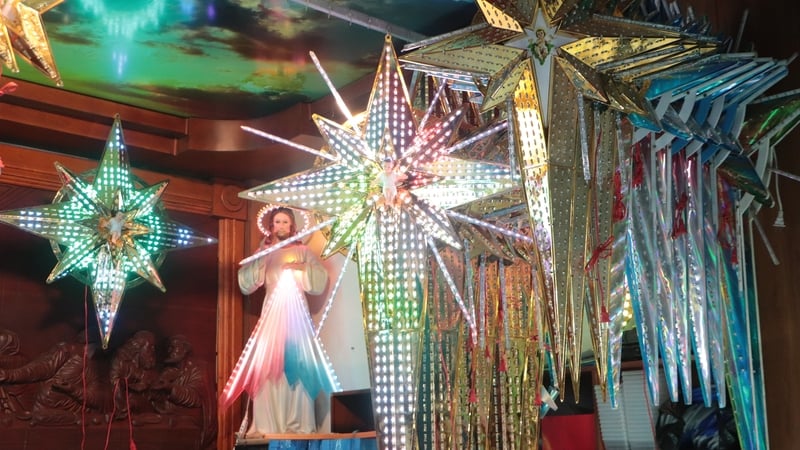
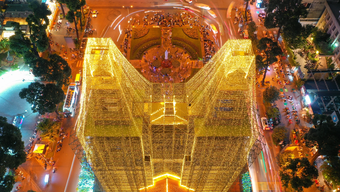















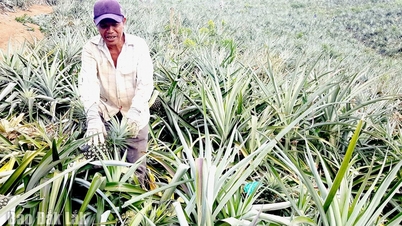




















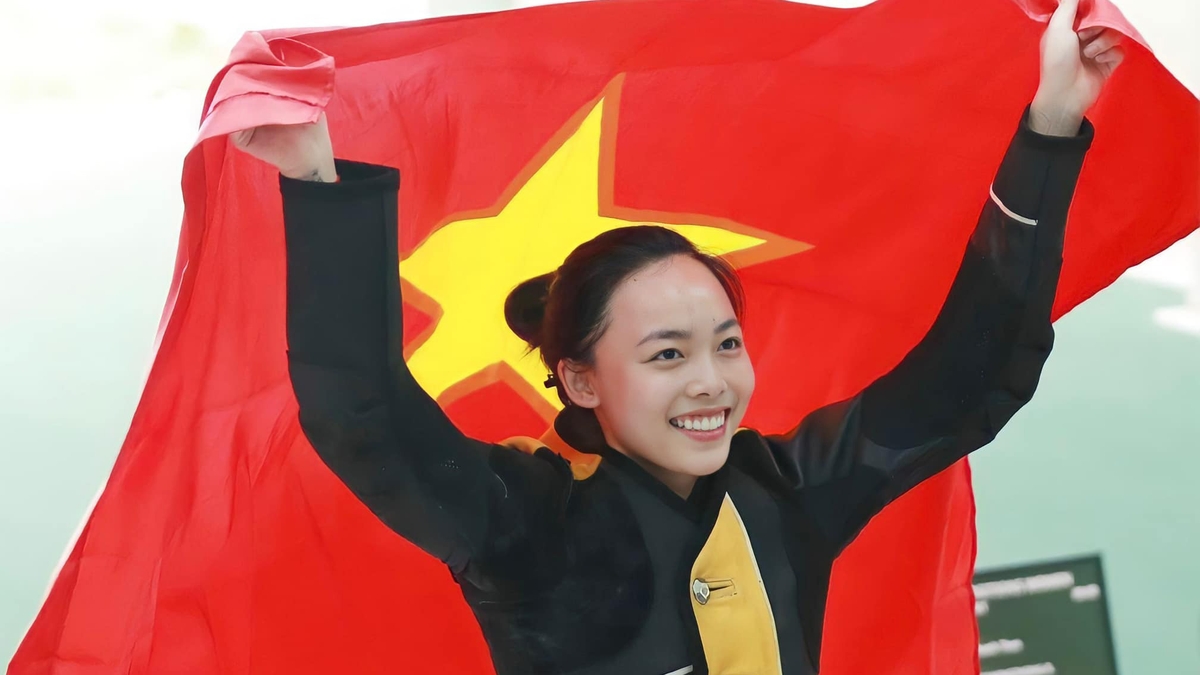
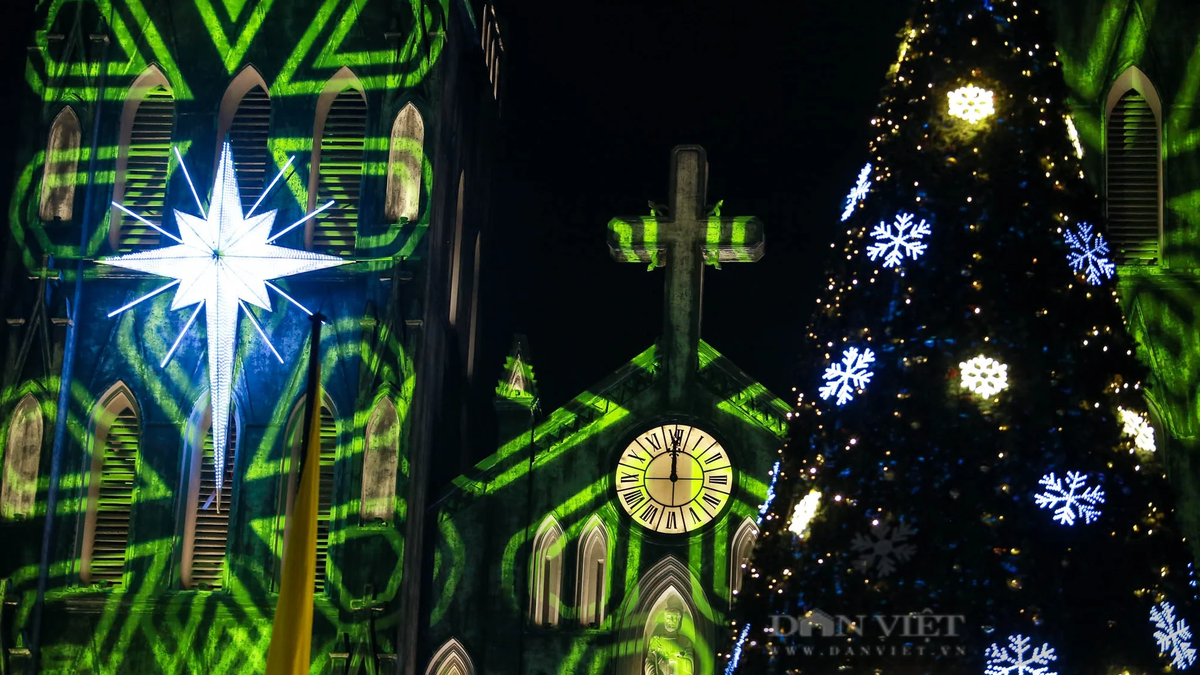

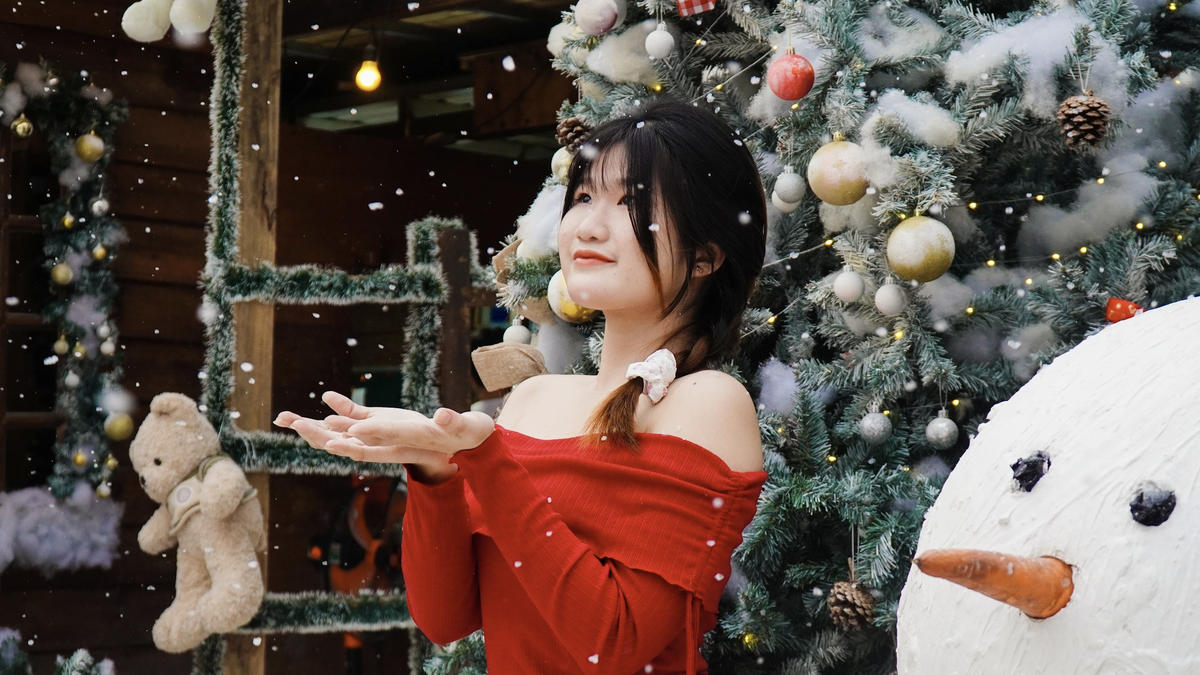








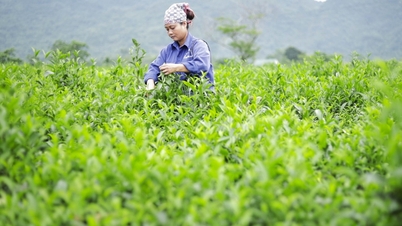


![[Live] Closing Ceremony and Award Presentation for the "Impressive Vietnam Tourism" Video/Clip Creation Contest 2025](https://vphoto.vietnam.vn/thumb/402x226/vietnam/resource/IMAGE/2025/12/17/1765974650260_z7273498850699-00d2fd6b0972cb39494cfa2559bf85ac-1765959338756946072104-627-0-1338-1138-crop-1765959347256801551121.jpeg)
















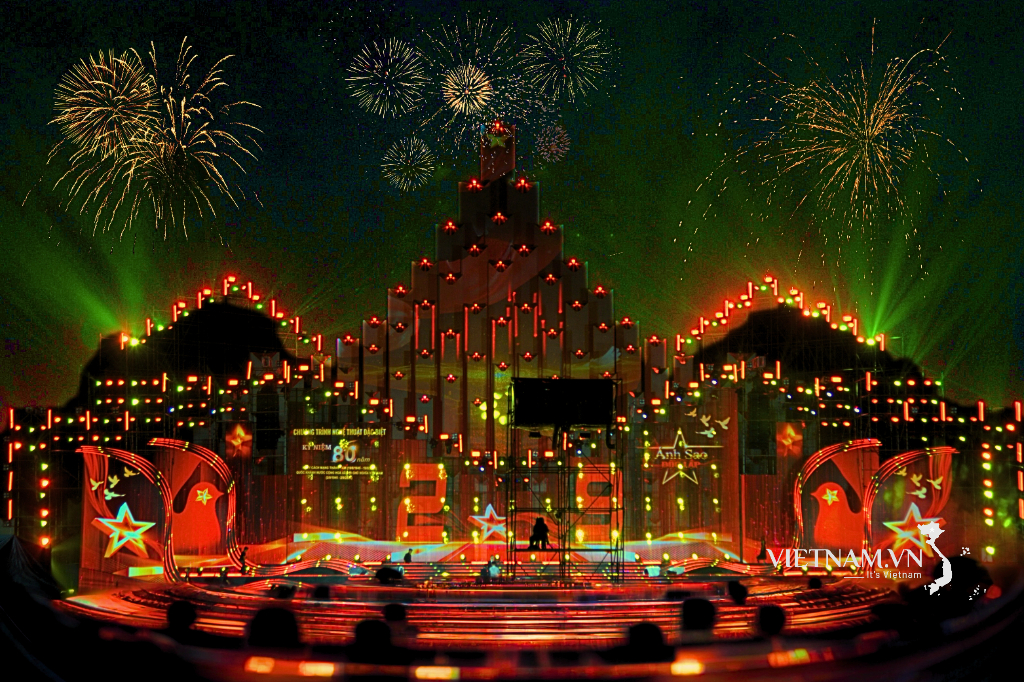



Comment (0)